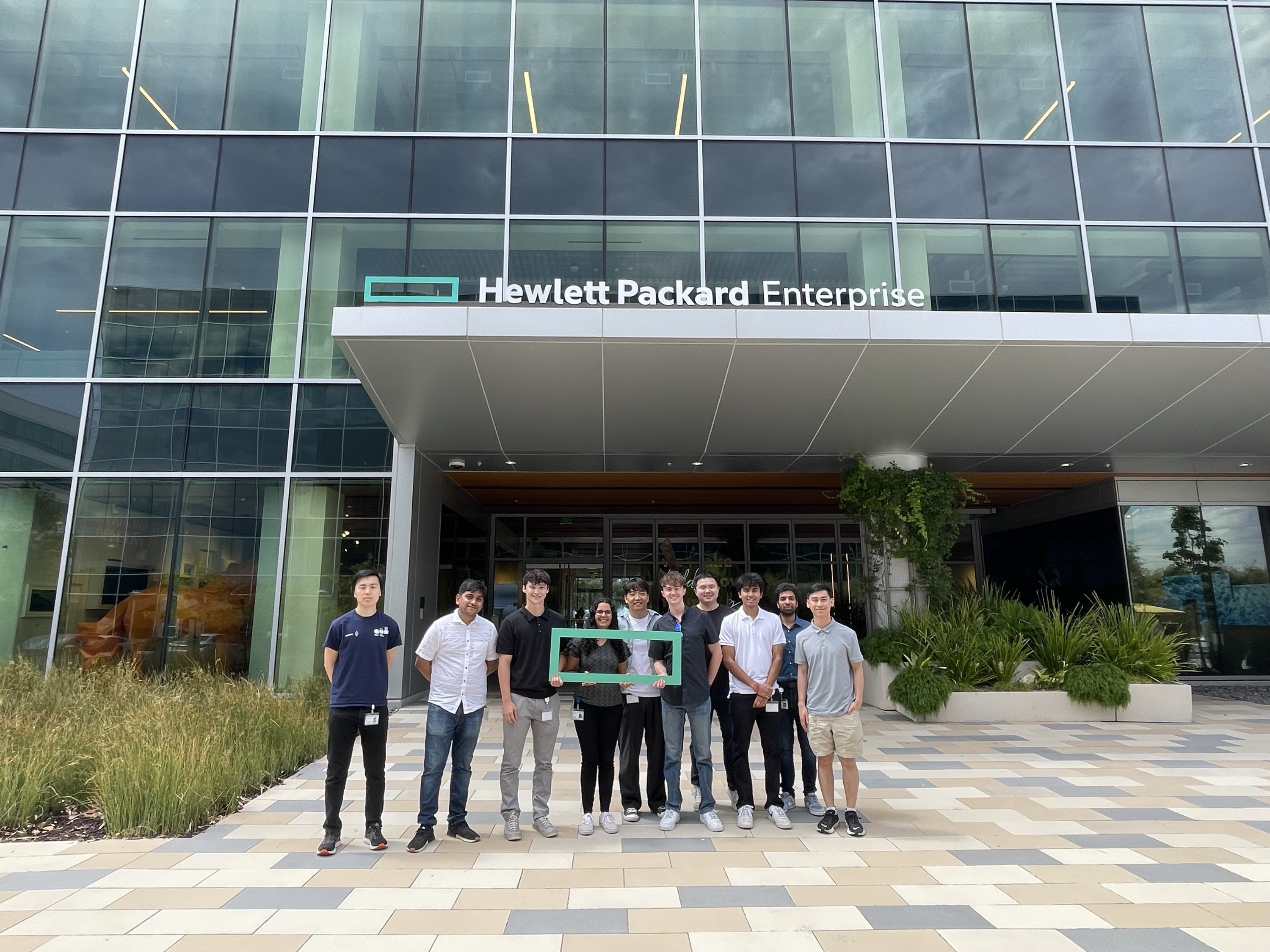This last summer I accepted a return offer to intern at HPE's Aruba Networks.
I had the pleasure of returning to HPE and working on a larger and more influential project this year. My work revolved around creating a backend debug API (Application Programming Interface) service that would aid developers in troubleshooting customer information.
This debug API was titled the SDWAN (Software-defined wide area network) Debug API Service, which served to provide JSON Debug APIs for Quality Assurance, Software Engineers, and other Developers for troubleshooting purposes. JSON is a commonly used data format, allowing for easy access, searching, and sorting of information. While debug information was prior obtainable, it was not able to be returned in a way that permitted engineers to run scripts on it, which negatively impacted efficiency. Given that Aruba has over 1 million tunnels and 100 thousand routes (networking connections) for thousands of customers, this was a pressing issue.
Provided this, I was tasked with returning information in a way that engineers could write scripts for data collection and analysis. This involved the creation of a proxy API service, which would expose APIs to the user. Backend calls are made to Aruba's routing services, which then return APIs in JSON format. This was accomplished by writing a Python-based microservice using Flask and FastAPI. The application was then ran off of a Kubernetes Pod which registered with an SSO token, thus authenticating the user and granting permission to retrieve the data.
Key Achievements:
- Implemented a Python-based debug API using OpenAPI for automated retrieval of device tunnel and routing data.
- Collaborated on Kubernetes-based microservices with secure API authentication and registration using API Gateway.
- Developed a full-stack web application (HTML, CSS, JS) to display debug data in an intuitive UI, saving engineers and customer service teams 50+ hours in troubleshooting.







